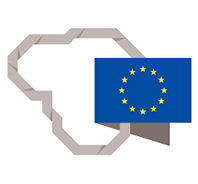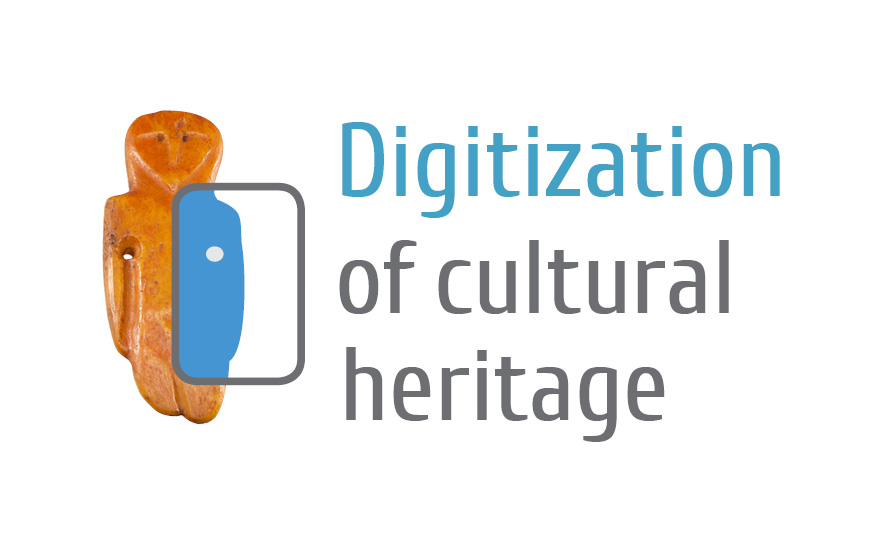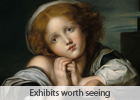Open-Air Museum of Lithuania
| Exhibits of the museum Other valuables of the museum All valuables of the museum |
|
Information about the museum
The Open-Air Museum of Lithuania is one of the largest ethnographic open-air museums in Europe having the richest collection of exhibits. The total area of 195 hectares contains 140 buildings and approximately 90 thousand exhibits. The visitors of museum are introduced to the everyday life, activities and traditions of peasants and townspeople of all Lithuanian ethnographic regions (Dzūkija, Aukštatija, Suvalkija, Samogitia and Lithuania Minor) of the late 18th and early 20th century.
Established in 1966, the museum is situated near Rumšiškės, in the lands of Pievelės Village, in a picturesque coast of the Kaunas Reservoir. Along the route meandering between forests, meadows and hills, the visitors will have a chance to enjoy the Lithuanian rural scenery, to visit cosy homesteads with century-old buildings and flower gardens that have been looked after by the Lithuanian women since the old times, to stop by the orchards where the scent of apples lingers in the autumn air and to concentrate. Traditional crosses and chapels will invite visitors to remember what is the most important, what is lost and found. Here everyone will also have an opportunity to explore the technical facilities: windmills, kersey fulling-mill, forge and oil-mill. The exile and resistance sector recalls the painful past of Lithuanian history. The central part of museum is occupied by a small town with its characteristic buildings.
During this tour, visitors may have a look at the residential-commercial house that was owned by the Jewish family in the 19th century. It contains three exhibitions of the inter-war period: state vodka shop, i.e., so-called monopoly, Jew’s apartment and ironmonger’s shop. Here everyone will find the most characteristic furniture of the tradesman’s house, the religious objects he once used, a collection of alcoholic and non-alcoholic beverages and a wide range of goods that used to be sold in the ironmonger’s shop during the inter-war period.




